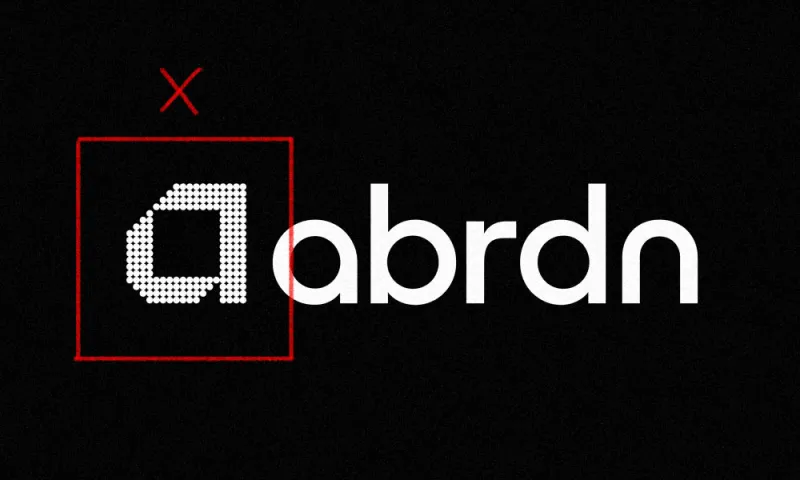On Monday, the asset management and advisory business formerly known as Standard Life Aberdeen made waves in the press after announcing that it was dropping the “e” in its name.
Starting this summer, the £464.7 billion ($635.2 billion) asset management firm said it will be known as ABRDN.
News organizations were quick to poke fun at the change. A Wall Street Journal reporter wrote that “Crtain vowls just arn’t arning thir kp anymor,” while Reuters posed the question: “To ‘e’ or not to ‘e’?”
According to experts, though, the rebrand may serve an important purpose: communicating to clients and investors that things are changing.
In 2017, Aberdeen Asset Management and Standard Life, both industry giants, closed their merger, becoming one of the largest active managers in Europe. But just a year after the deal closed, the new entity saw a rise in outflows, as certain strategies underperformed.
Standard Life Aberdeen said in its announcement that the new name is part of its “modern, agile, digitally-enabled brand.” Moving forward, the company is set to focus on global asset management, technology platforms for U.K. advisors and customers, and personal savings and wealth.
The firm will be changing its stock ticker and roll out the new name in the summer, according to its announcement.
Rebranding and Rebuilding
Over the years, the strength of the Aberdeen brand has eroded, according to Chris Chancellor, senior director of global insights at Broadridge, which evaluates asset management brands in its annual Fund Brand 50 study.
“Back in 2014 Aberdeen was a top 10 brand in Europe; however, it’s now dropped outside of the top 30,” he said via email. “The U.K. is its strongest market, but it also has strength in France, Germany, and Spain.”
Max Hilton, managing director at Peregrine Communications, likewise noted that the Aberdeen brand was not as strong as it once was. Peregrine publishes a similar annual report called The Global 100, which covers the integrated marketing and communications of asset managers, including their social media standing.
“From Peregrine’s own research into the world’s largest asset management brands, it is evident that this group faces a complex set of challenges, not the least of which is that managers are struggling to grow brand awareness among target audiences,” he said via email Monday.
But according to Chancellor, the newly rebranded ABRDN has a reason to be optimistic. “They are seen as experts that have client-oriented thinking and keep clients informed – these are good building blocks to build the brand back up when allied with innovative products and strong performance,” he said via email.
He added that changing a name and logo in and of itself doesn’t make a big difference, but “if it is also allied with a firm thinking deeply about how it wants to be perceived and building an action plan accordingly then it can be a key inflection point.”
What’s in a Name?
Rebranding isn’t uncommon in the finance industry — especially after scandals. Och-Ziff's rebrand to Sculptor Capital Management and J.W. Childs Associates’ shift to Prospect Hill Growth Partners were both in response to their executives getting caught up in bad news, for instance.
But name changes don’t necessarily follow poor press. For instance, in 2019, Bank of America announced that it was dropping the “Merrill Lynch” from its name in an effort to streamline the brand, opting instead to use “Merrill” to name certain sub-businesses.
Hilton said the trend will likely continue.
“We expect to see an increasing number of managers undertaking similar exercises as they attempt to reinvigorate their own stagnating brands,” he said.







